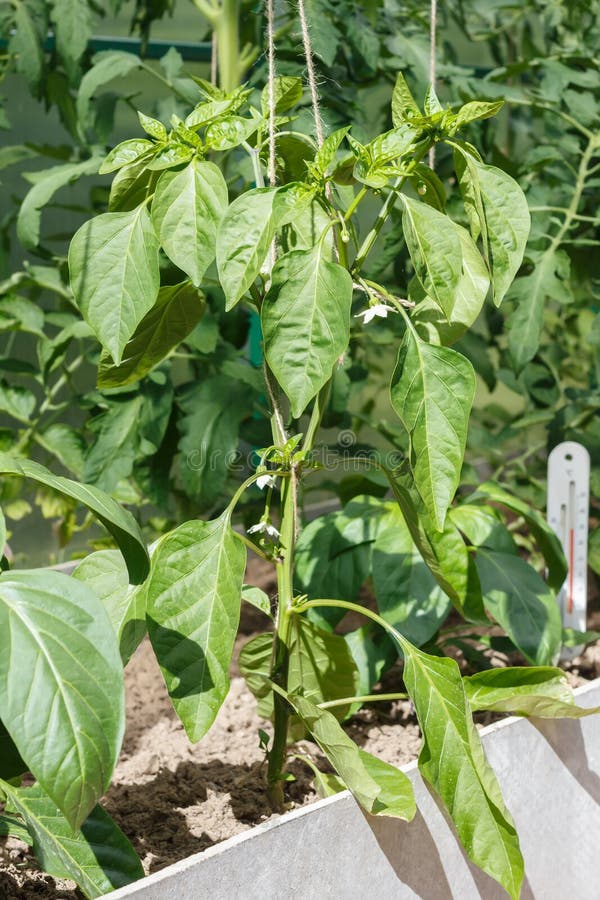


The seedling having attained 4-5 leaves should be transplanted. Then the field is brought to a clean and fine tilth. Farmyard manure or compost is added after the first ploughing so that it is thoroughly mixed in the soil during subsequent ploughings. the main field is thoroughly prepared by ploughing the land 5-6 time followed by smooth planking. => Land preparationįor planting the seedlings. Plants sown in September and October take the longest period for development because of poor availability of light in winter. In the hills of North Bengal sowing of seeds in the months of MarchApril (under cover) and September -October, is very successful for getting high yield. The sweet pepper is generally sown in August for the autumn-winter crop and in November for the spring -summer crop. The seeds should be properly covered with a thin layer of soil manure mixture or any other media and irrigated with sprinkler to maintain optimum moisture till the seeds germinate. About 1 -2 kg seeds are required for one hectare cultivation depending on the cultivar. Ceresan, Thiram or Captan 2 g per kg seed before sowing to prevent the occurrence of any seed-borne diseases. The seeds should be dressed with Agrosan. Seed should be sown in rows at 8 -10 cm apart to get healthy seedlings. Normally, 5-6 seed beds of size (300圆Ox15 cm) each are sufficient for one hectare cultivation. Seedlings are first raised in the nursery beds and then transplanted in the main fields. The following procedures are followed to plant capsicum in the field. The most suitable pH range of soil for green pepper is 6 to 6.5.Ĭlick here for : Production technology in colored capsicum On sandy loam soils, the crop can be successfully grown provided the manuring is done heavily and the crop is irrigated properly and timely. Levelled and raised beds have been found more suitable than sunken beds for its cultivation. It can withstand acidity to a certain extent. SoilĪlthough sweet pepper can be grown in almost all types of soils, well drained clay loam soil is considered ideal for its cultivation. Moreover, higher night temperatures are found to be responsible for the higher capsicin (pungency) content in green pepper. High temperature and low relative humidity at the time of flowering increases the transpiration pull resulting in abscission of buds, flowers and small fruits. Higher temperatures are detrimental to fruit set. It prefers milder climate than chilli and 21 to 25☌ is ideal for green pepper. It requires a similar climate like that of chilli and is also susceptible to frost.


 0 kommentar(er)
0 kommentar(er)
